
Tourists flock to the center of Hoi An ancient town for sightseeing - Photo: BD
On May 29, the My Son Cultural Heritage Management Board and the Hoi An Cultural Heritage Management and Preservation Center said they had submitted a proposal for a heritage management model after the district-level government ceased operations.
Hoi An "earnestly wants to be a city" after the merger
In a document sent to the Standing Committee of the Hoi An City Party Committee, the Hoi An Center for Cultural Heritage Management and Conservation said that although the area is not large, the ancient town of Hoi An has a large stature.
Hoi An currently has 1,143 relics, mainly in the old town with a total of 1,130 architectural and artistic relics.
The roads in area I all have relics with different levels of density, mainly concentrated on the main roads: Tran Phu, Nguyen Thi Minh Khai, Nguyen Thai Hoc, Bach Dang. The relics are divided into 5 categories: special, type I, type II, type III, type IV.
With more than 80% of its relics privately and collectively owned, Hoi An has long been creating its own uniqueness compared to other heritages in Vietnam.
In each relic, daily activities of residence, living, economic , cultural and social activities of the people take place and therefore the ancient city is considered a "living museum".
Presenting the management model of 8 heritages nationwide, the Hoi An Cultural Heritage Management and Conservation Center said that Hoi An is similar to the heritage of Thang Long - Hanoi and the ancient capital of Hue.
Both of these units are specialized public service units, specializing in managing world cultural heritage under the direct management of the People's Committees of provinces and centrally run cities.
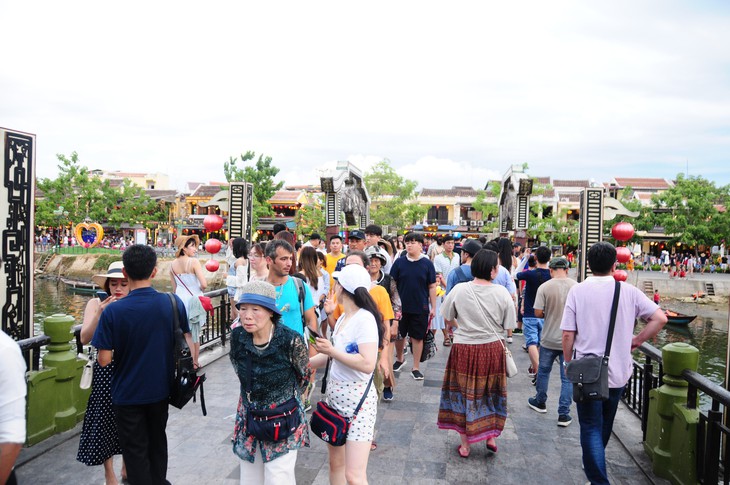
Visitors visit An Hoi Bridge connecting the two banks of Hoai River - Photo: BD
"The Center recommends that the Standing Committee of the Hoi An City Party Committee recommend that higher levels establish the Hoi An Ancient Town Heritage Conservation Center under the Da Nang City People's Committee to ensure the implementation of comprehensive state management and advisory functions on the management, conservation, and promotion of the values of Hoi An cultural heritage" - the document of the Hoi An Cultural Heritage Management and Conservation Center mentioned.
Currently, the Hoi An Cultural Heritage Management and Preservation Center has 80 officials and employees. In addition to professional work related to the preservation of Hoi An ancient urban heritage, this unit also manages 10 museums and relics with more than 10,000 artifacts, which are state-owned tourist attractions.
My Son considers three options
In the report proposing a management model after the merger, the My Son Cultural Heritage Management Board proposed three options: Establishing the My Son Cultural Heritage Management Board under the Department of Culture, Sports and Tourism, under the City People's Committee after the merger or under the Commune People's Committee.
Mr. Nguyen Cong Khiet, Director of the My Son Cultural Heritage Management Board, said that this unit was established in 2016 and is under the direct leadership of the district-level apparatus. The My Son temple complex management apparatus currently has 135 officials, civil servants, and workers.
My Son is located far from residential areas, is an archaeological architectural ruin, works that are thousands of years old, easily affected by nature and humans.
In addition to the work of preserving relics, managing and preserving the diversity of the My Son special-use forest ecosystem, forest fire prevention and fighting are also key tasks of the management unit. Therefore, according to Mr. Khiet, the management model after the merger needs to consider these factors.
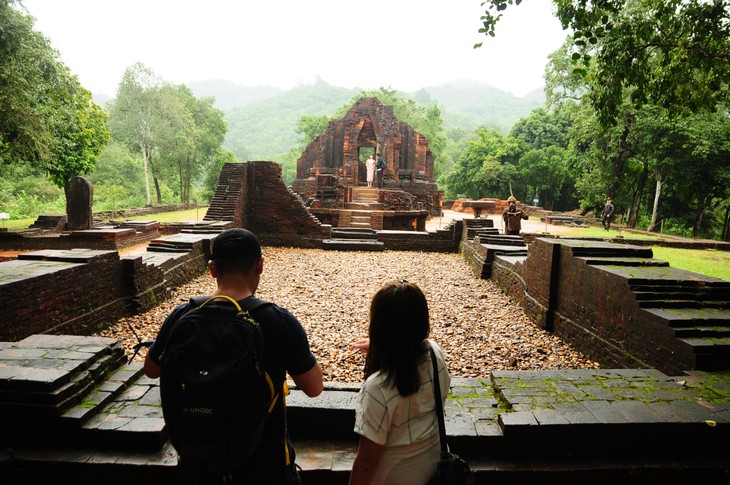
Tourists visiting My Son - Photo: BD
Regarding the management model after the termination of the district-level apparatus, Mr. Khiet said that My Son being under the Department of Culture, Sports and Tourism is a reasonable option.
"If it is under the Provincial (City) People's Committee, it will be convenient for licensing conservation and restoration according to the Law on Cultural Heritage.
The mechanism of financial autonomy and resource mobilization is also diverse; creating conditions for the unit to be flexible in operating and implementing professional activities as well as strengthening close relationships between agencies, organizations, local communities and international organizations...
However, this model has shown limitations for My Son because it requires a team of highly specialized human resources and the organizational structure must also be reorganized to suit the new mission requirements," said Mr. Khiet.
Two UNESCO heritage sites
The world cultural heritages of Hoi An and My Son were both recognized by UNESCO in 1999. From being little known and little cared for, both of these heritages have had a miraculous recovery process.
Today, Hoi An and My Son are considered symbols of heritage conservation combined with the promotion of relic values. Each year, these two heritages welcome an average of 4-6 million visitors, mostly international visitors.
Source: https://tuoitre.vn/ai-quan-ly-hai-di-san-the-gioi-cua-quang-nam-sau-khi-cap-huyen-giai-the-2025052911402505.htm



![[Photo] A delegation of 100 journalists from the Vietnam Journalists Association visits the soldiers and people of Truong Sa island district.](https://vphoto.vietnam.vn/thumb/1200x675/vietnam/resource/IMAGE/2025/5/30/0984a986227d4e988177f560d2e1563e)
![[Photo] Journalists moved to tears at the Memorial Service for the soldiers who died in Gac Ma](https://vphoto.vietnam.vn/thumb/1200x675/vietnam/resource/IMAGE/2025/5/30/9454613a55c54c16bf8c0efa51883456)
![[Photo] National Conference "100 years of Vietnamese Revolutionary Press accompanying the glorious cause of the Party and the nation"](https://vphoto.vietnam.vn/thumb/1200x675/vietnam/resource/IMAGE/2025/5/30/1cf6cd5c8a934ebfa347028dcb08358c)
![[Photo] General Secretary To Lam receives Chief of the Central Office of the Lao People's Revolutionary Party](https://vphoto.vietnam.vn/thumb/1200x675/vietnam/resource/IMAGE/2025/5/30/140435f4b39d4599a3d17975dfb444c5)



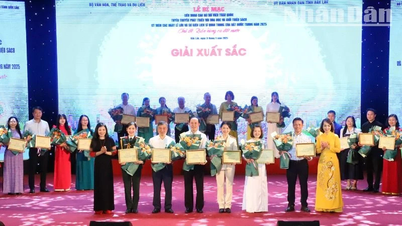

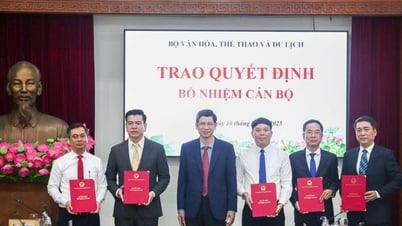
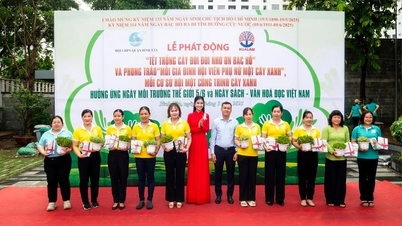
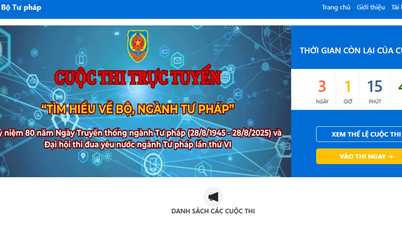

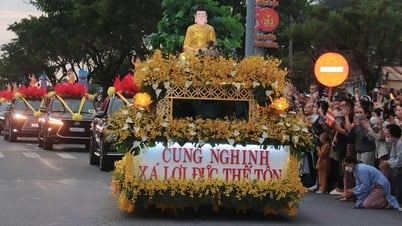




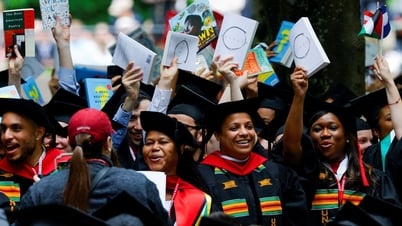















































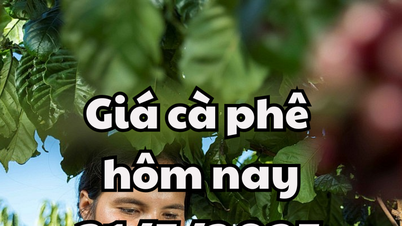
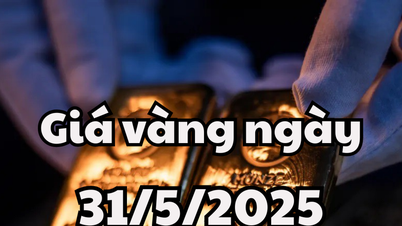




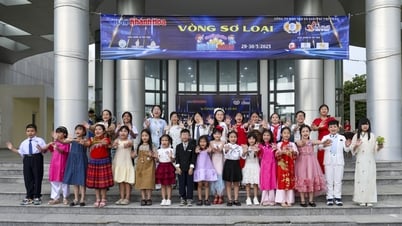










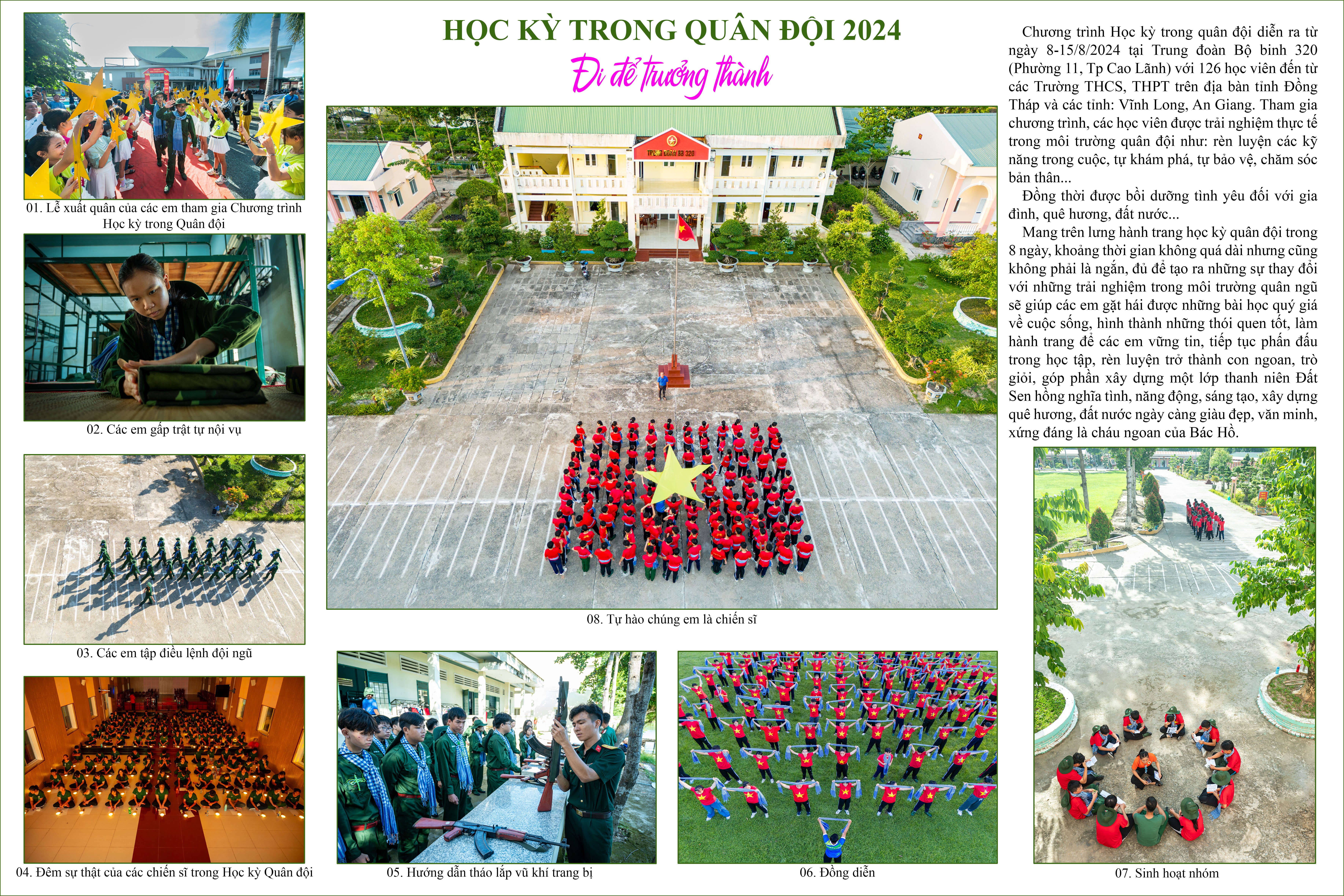



Comment (0)